The Ash: Is this the last stand for one of Britain's great native trees?
Mark Griffiths celebrates the historic, handsome and irrepressible native ash.
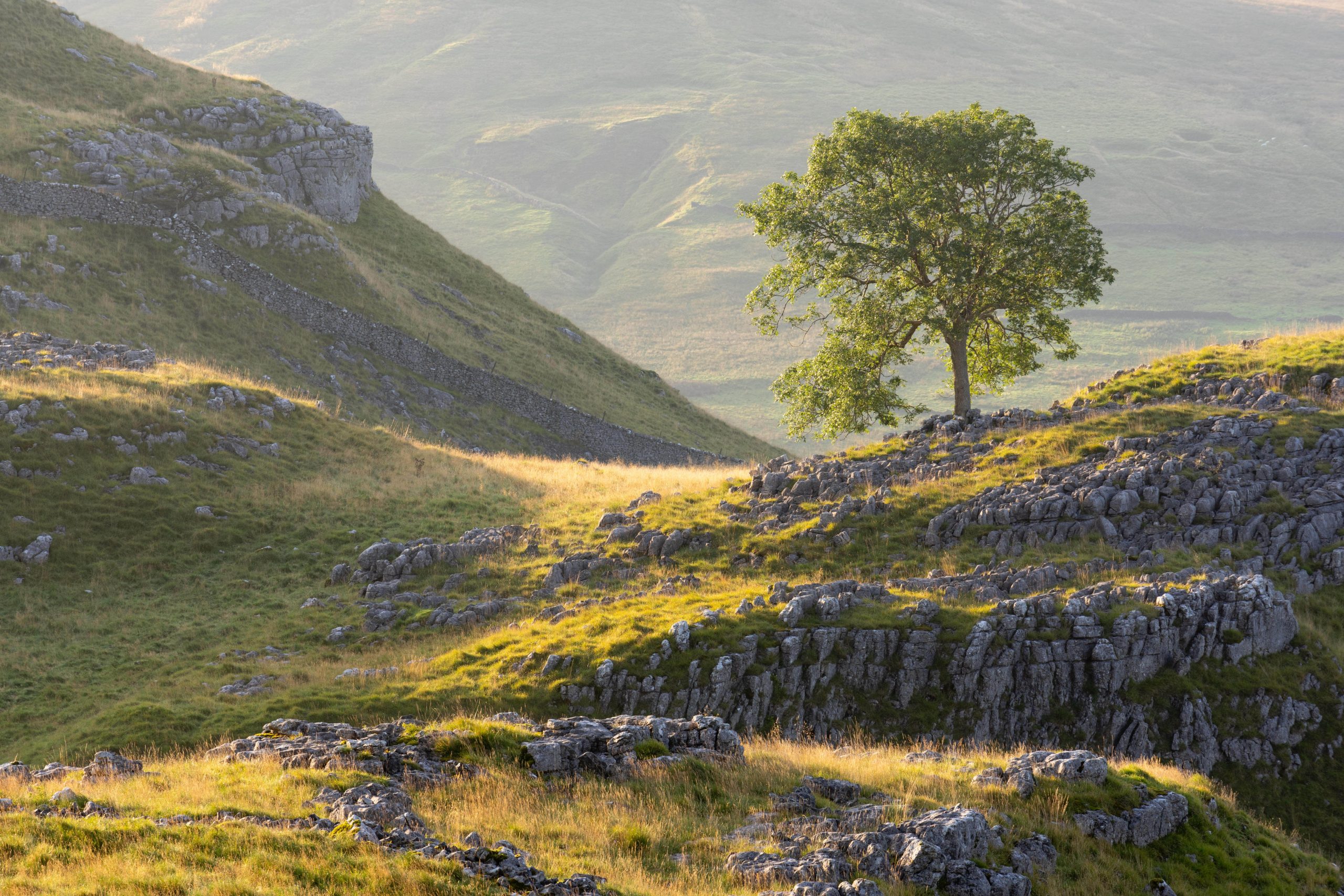
Eight years ago, it was rare to hear unqualified praise for our native ash tree, Fraxinus excelsior. Yes, it was handsome, but it seeded itself around with a promiscuity that made sycamore seem restrained. The resulting weeds, as its seedlings were usually declared, grew swiftly into sturdy saplings that required eradication in its root sense: cutting them down merely produced a miniature wood pasture.
And that was our problem with ash – its irrepressible vitality. There were so many ash trees – according to surveys in 2013 and 2015, more than 126 million trees of F. excelsior and 1.3 billion saplings and seedlings in UK woodlands of 1.2 acres and larger. For other UK sites, wild and cultivated, the estimated total was between 27 and 60 million ash trees and up to 400 million saplings and seedlings.
Their legions advanced with all- conquering vigour, sometimes overwhelming rarer and less assertive species or colonising places disdained by more decorous trees. Also against them was their lifespan – seldom more than 300 years for examples that had never been lopped, ‘maidens’, as arboriculturists term them. Alongside our ancient yews and oaks, even the oldest of these maids seemed coltish and ineligible for the honours awarded to true arboreal Methuselahs.

There were older ash trees in the UK, anything between 600 and 1,000 years of age, but mishaps, rather than natural longevity, had secured their survival. Far from maidens, they were battle-scarred veterans, antique amputees with powers of regrowth to make willows weep with envy. Fraxinus excelsior could be felled by gales, seared and riven by lightning, decapitated and dismembered for pollards and coppices, slashed and laid for hedgerows – and still spring back. It’s no wonder that Britons once saw its sapas the life force in liquid form or that we came to think of ash as invincible.
That view changed in 2012 with the confirmation on English trees of ash dieback, a lethal disease caused by the fungal pathogen Hymenoscyphus fraxineus (syn. Chalara fraxinea). Now there are worries that a beetle, the emerald ash borer, may compound the damage, although this pest has yet to reach our shores. It is not simply that loss, or the threat of it, has lent enchantment to something that once seemed commonplace and unkillable. Its plight has led us to give ash a second look, to examine it closely, and to discover, as Virgil says in Eclogue VII, that it’s the fairest tree in the woods, Fraxinus in silvis pulcherrima.
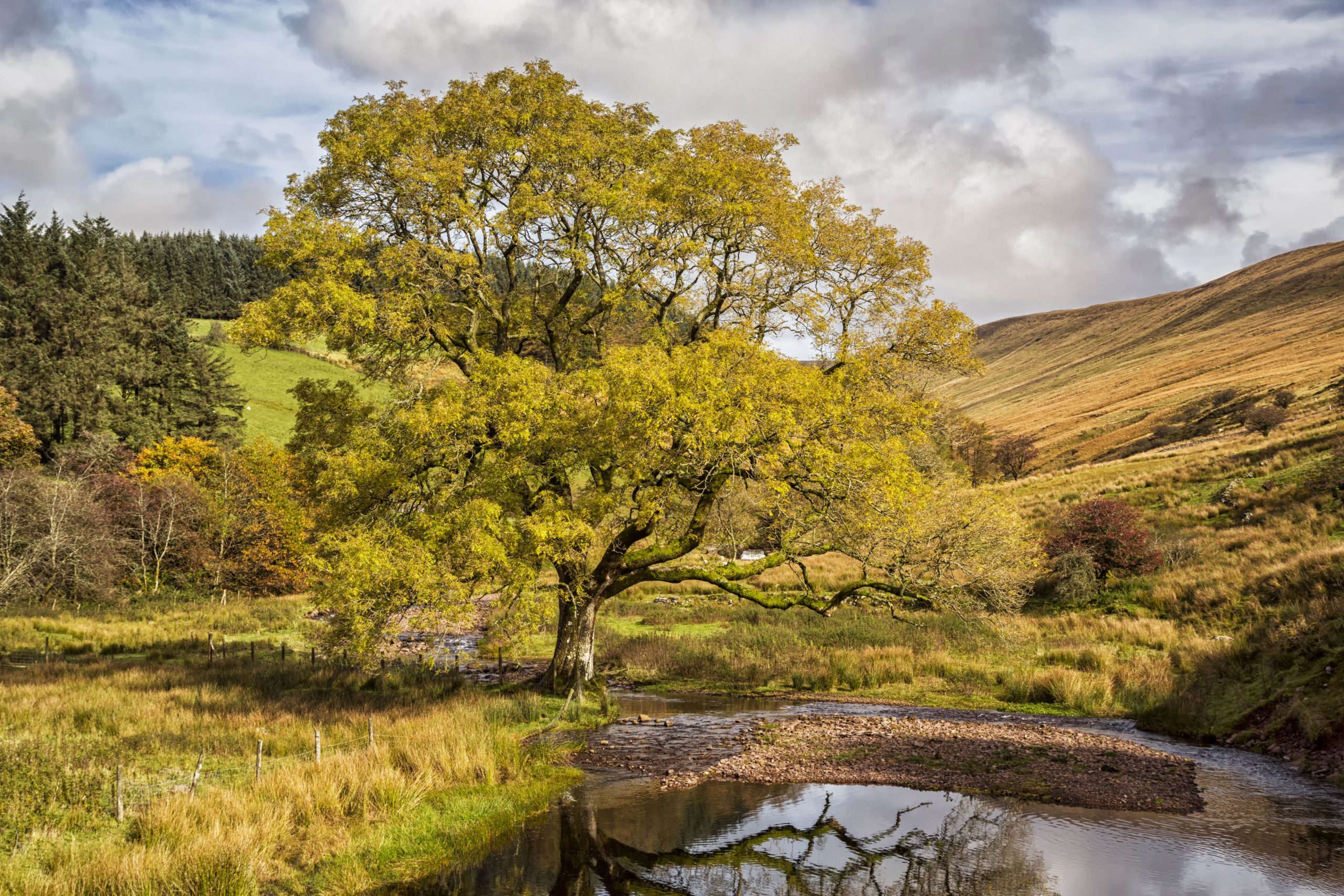
If unhindered and uninjured, it will attain majestic stature, yet retain a lightness of crown and litheness of limb, like the idealised trees in Claude’s classical landscapes. Nature’s most significant exception to this is the mutation Fraxinus excelsior Pendula, in which the branches grow downwards in cascades and curtains. This cultivar may have been in D. H. Lawrence’s mind in 1909, when he began his poem Discord in Childhood: ‘Outside the house an ash-tree hung its terrible whips.’
That said, Pendula was more usually met with marvelling delight, and in the parks of grandees and connoisseurs. From the late 18th century onwards, the weeping ash was regarded as one of Britain’s most desirable trees. Several early acquisitions flourish to this day, among them the broad-crowned, dome-like example at Seaton Delaval Hall in Northumberland, and the tall, sinuous-limbed specimen at Chatsworth House. The latter was already about 50 years old in 1830, when the 6th Duke of Devonshire bought it in Derby and had its eight tons transported to his seat 28 miles away, taking 18 hours and necessitating the dismantling of Chatsworth’s gates.
Exquisite houses, the beauty of Nature, and how to get the most from your life, straight to your inbox.
'No tree features more often in British place names than Fraxinus excelsior'
If injured or obstructed, Fraxinus excelsior presents a very different picture. Its remarkable powers of recovery produce living sculptures as glorious as they’re grotesque, with stems defiantly ascending from boles that are obese, knotty and sometimes hollow or pierced clean through. Denizens of ancient wood pasture and the results of pollarding and coppicing, many such trees testify to ash timber’s erstwhile economic importance. As John Evelyn, quoting Horace, wrote in the 17th century: ‘Hydra-like, a ground-cut Ash – “By havock, wounds, and blows,/More lively and luxuriant grows”.’
Others among these strange ash sculptures are responses to obstacles – a boulder or a stone wall that the tree has surmounted and surrounded with molten-seeming wood tissue. Most of these are to be found in deep country, but London boasts one famous example, in the graveyard of St Pancras Old Church. Its bole has steadily enlarged to embrace the many headstones that were stacked around it in the mid 1860s, when railway construction brought an end to this immemorial burial ground. The stacking was supervised by a young architect who later turned poet and novelist: Thomas Hardy.
A Protean tree, then, our native ash, but all its manifestations have features in common: gunmetal-grey bark; buds as black as lamb’s hooves; inflorescences that seem inconspicuous compared with those of other members of the olive family, such as lilac and jasmine, but which, seen close-up, possess the exquisite intricacy of a lichen or coral; a lustrous plumage of pinnate leaves.

Finally, there’s the fruit, flat, oblong and hanging in festoons all winter until ready to hitch a ride to new ground on the March winds. The technical term for it is samara, a word originally used by Roman authors such as Pliny and Columella for an elm’s fruit, which, like ash’s, consists of a seed enveloped in a papery wing. Altogether more familiar is our vernacular term for them, which was long-established by the mid 16th century when the botanist William Turner explained it: fruits of Fraxinus excelsior are ‘Called in Inglishe ashe keyes because they hang in bunches after the manner of keyes’.
Our focus on the present plight of Fraxinus in Nature has sparked interest in its past role in supernature. No other native could match it for mystical powers and lore. An ash leaf with an even number of leaflets was luckier than a four-leaved clover. Pocket one at morning and you’d meet your future spouse by evening.
If that failed, his or her name could always be divined by means of various counting games that used ash leaves with odd numbers of leaflets. Feeling imprisoned by misfortune or melancholy? Free yourself by carrying a bunch of ash keys. Afflicted by warts or graver deformities? Banish them by wishing them on an old ash with a bulgy and burred bole, but straight and energetic shoots, in short, a tree with a proven talent for recovering. The annals of British country life swarm with such notions; several deserve more detailed telling.
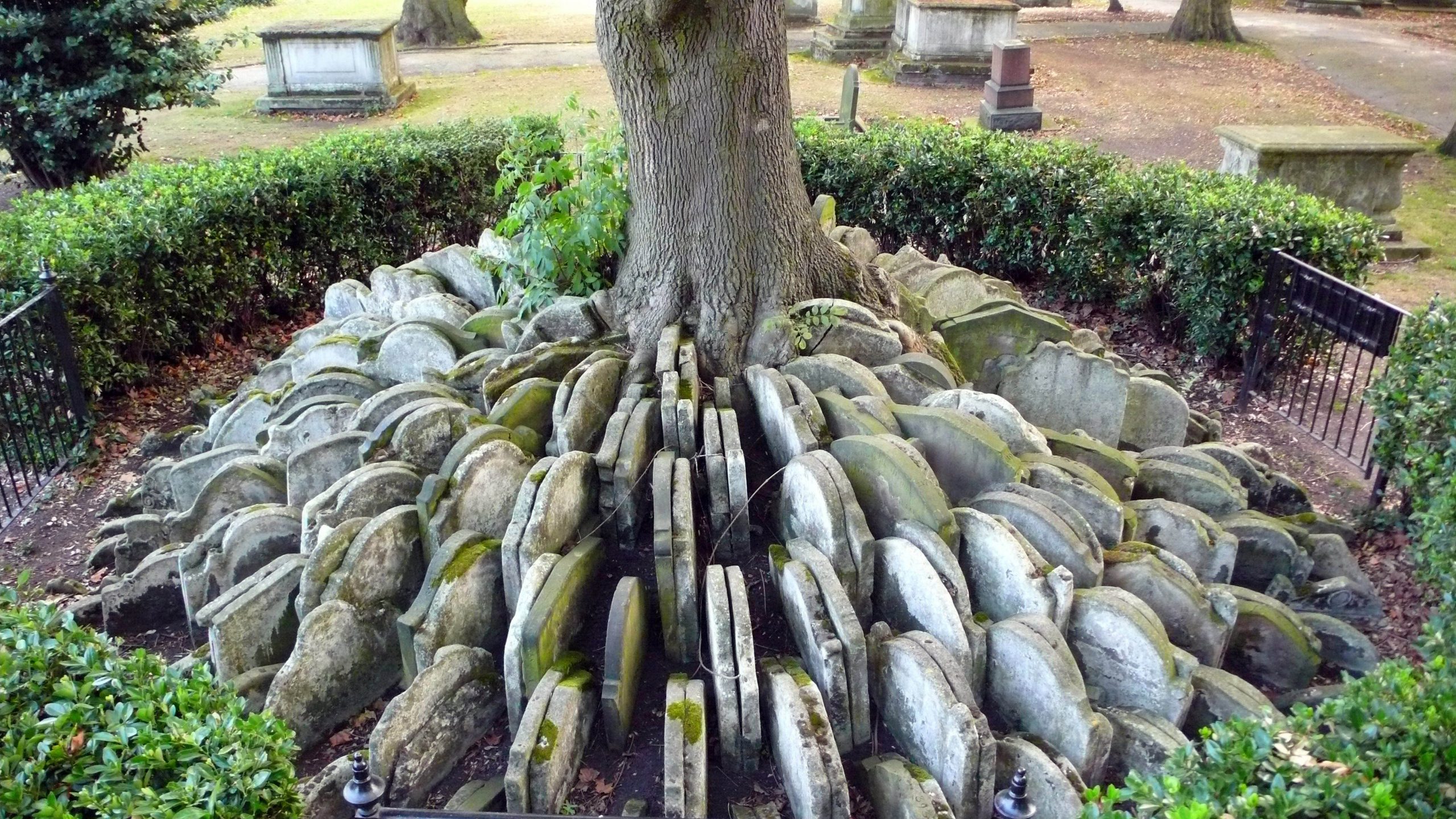
When a baby, humbly born in deepest Devon, was found to have an abdominal rupture, his father sought a traditional cure. He split the trunk of an ash tree, producing a cleft that he kept wide open by wedging blocks of oak in it. Next, at sunrise, he and his wife passed the baby through the cleft three times from east to west. To finish the ritual, he removed the oak spacers and tightly bandaged the ash trunk. The idea was that, as the tree healed, so would the infant’s rupture. Asked why he’d followed this procedure, the father replied: ‘Why, all folk do it.’ Asked if he thought it would do any good, he remarked: ‘Well, as much good as sloppin’ water over’n in church.’
The questioner was scholar Cecil Torr, who recorded this exchange in Small Talk at Wreyland, his series of reminiscences of life on Dartmoor. The episode seems to belong to an era before Christianity’s sway, let alone medical science’s, but, as Torr says, this child was born in November 1902. Here, 50 years after the founding of Great Ormond Street Hospital, was the survival of a ceremony that, only a century or two earlier, had been performed across rural England. Of all our native trees, none exercised its ancient magic longer than Fraxinus excelsior, or more widely.
In a letter from 1776, Gilbert White describes another widespread superstition. Shrews were said to creep over livestock, causing pain and infirmity. These troubles, it was believed, could be salved by stroking the affected beasts with twigs cut from a shrew-ash. To make such a tree, one bored a hole in an ash trunk and sealed a live shrew into it. In Selborne in Hampshire, White reports, a much-used shrew-ash grew on Church land until recently, when a parson felled it ‘regardless of the remonstrances of the bystanders, who interceded in vain for its preservation, urging its power and efficacy’.
'It was deemed one’s Christian duty to drink a toast to the Holy Family each time one of the bands combusted'
Snakes, too, were supposed to be ash-averse. Here’s John Gerard in 1597 relaying Pliny the Elder in the 1st century ad: ‘If a fire and a serpent be set within the circle of the boughes [that is, under the ash tree’s canopy], the serpent will sooner runne into the fire than into the boughes.’ In the 19th century, the ashplant, a walking stick made from a Fraxinus sapling, became a must-have for smart gentlemen. The reasons for choosing ash seem obvious enough: the saplings are slim, strong, springy, and their taproots are often curved, providing a readymade handle. In reality, the choice was nothing like as rational. The origins of this oh-so urban fashion item lay in the centuries-old country custom of carrying ash sticks to ward off adders and to bludgeon any that remained undeterred.
Another group of beliefs was inspired by ash wood’s capacity for burning when still green and sappy. At midwinter, young branches were bundled into faggots tied with bands of willow or hazel and set to smoulder in the hearth, at first to repel pagan demons; later, as a Christmas rite. To smooth this transition, it was claimed that the Virgin Mary washed and clothed the baby Jesus by the light of an ash-wood fire. In case that didn’t ensure the appeal of these fasciate Yule logs, it was deemed one’s Christian duty to drink a toast to the Holy Family each time one of the bands combusted.
A further attraction was the boiling sap that bubbled from burning ash branches, which was collected, cooled and drunk as a preventative against malign spirits and maladies. In Scotland and the North of England especially, the wise women who acted as midwives would go about their business with green ash twigs so as to prepare this elixir and spoon-feed it to the newborn.
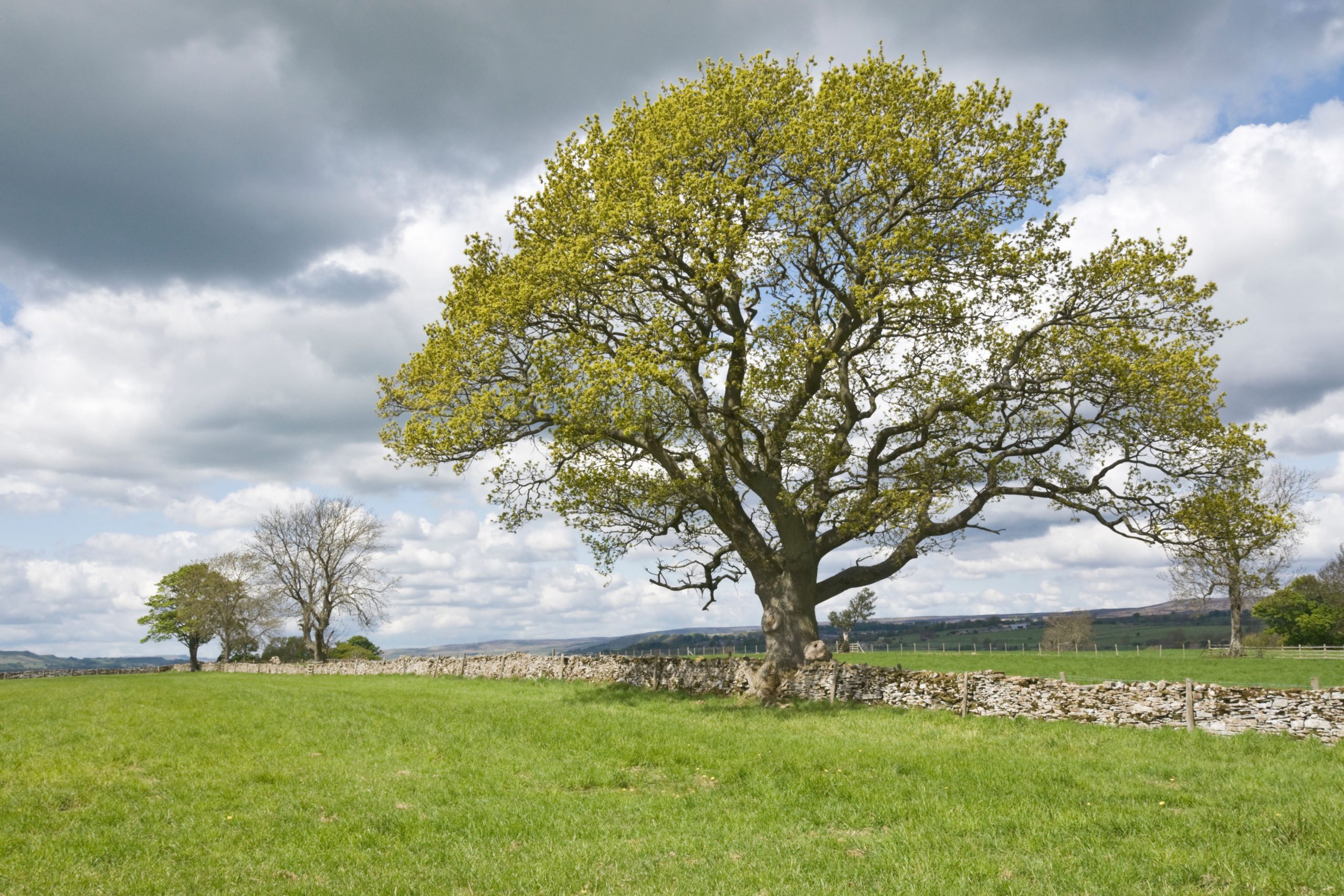
Apart from the Roman snake-repellent, these superstitions appear to have been homegrown or to have arrived with settlers or invaders from northern Europe, Scandin-avia especially. This suggests that at least some of these beliefs were the seedlings of Askr Yggdrasill (‘The Ash Yggdrasil’), the great, world-encompassing tree of Norse mythology. Britain was not short of Nordic incomers and Yggdrasil echoes in such aspects of our ash lore as the magic potency of the number nine and Fraxinus-like Norman church carvings of the tree of life.
Couple this sacred status with ash wood’s long standing as one of our most useful materials and it’s hardly surprising that no tree should feature more often in British place names than Fraxinus excelsior. If one bears in mind early and cognate equivalents of the word ash (askr in Old Norse, ask in Old High German, aesc in Old English, assch, ashe, aish and esche in Middle English, esch in Scottish), hundreds of them leap off the map, from Esher to Ashby de la Zouch to Askham Bryan.
'We must wish them every success and give them all the resources that they need'
Ash trees were once a prominent feature of all places so-named, one, indeed, that was considered worth advertising. Eight years ago, as ash dieback began to spread, it was feared that their successors would succumb without exception. The authorities proposed a preventative cull amounting to wholesale extermination. In the issue of December 12, 2012, Country Life objected, arguing that to destroy all ash trees, infected or not, was not only wanton vandalism, but also the one sure way of losing any individuals that might prove to be dieback-resistant. We weren’t alone in taking this view, which, happily, became policy.
Subsequently, numerous specimens that were exposed to the pathogen either failed to become infected or appeared able to cope with its ravages. Last year, genetic investigators announced encouraging early results that present the possibility of selecting races of immune ash trees. We must wish them every success and give them all the resources that they need: dieback is no fate for Yggdrasil, the tree of life.
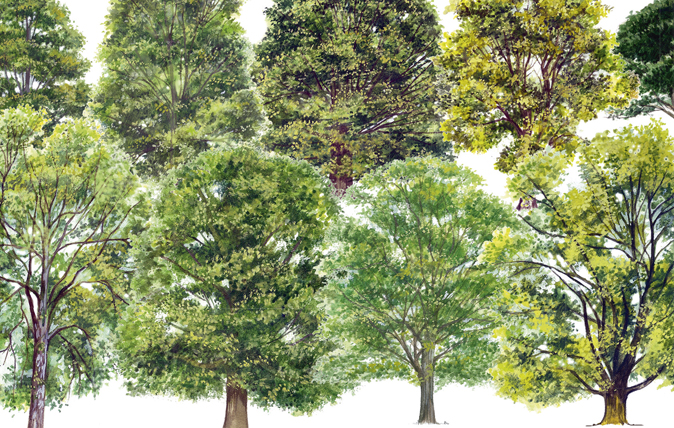
A simple guide to identifying British trees
Simon Lester goes out on a limb to identify species and stop us barking up the wrong tree.
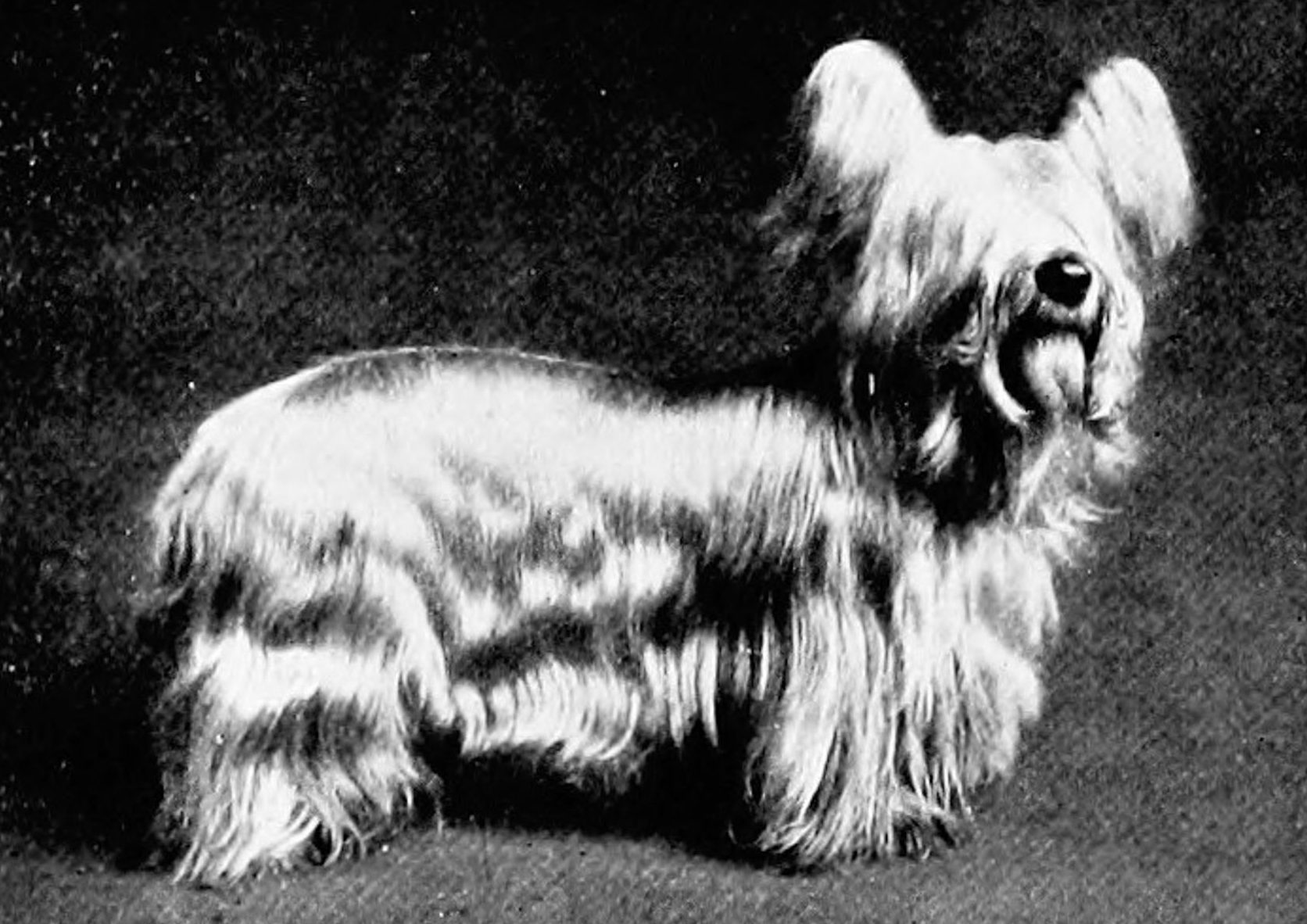
Credit: Alamy Stock Photo
The dogs we lost: 10 extinct British dog breeds
When a breed no longer has a job, be it turning a meat spit, hunting or herding, it often goes

Credit: John Millar/Country Life
The top ten British dog breeds that need saving and quickly
French bulldog wins top spot over labrador as some of the most quintessentially British breeds are pronounced 'vulnerable' by the